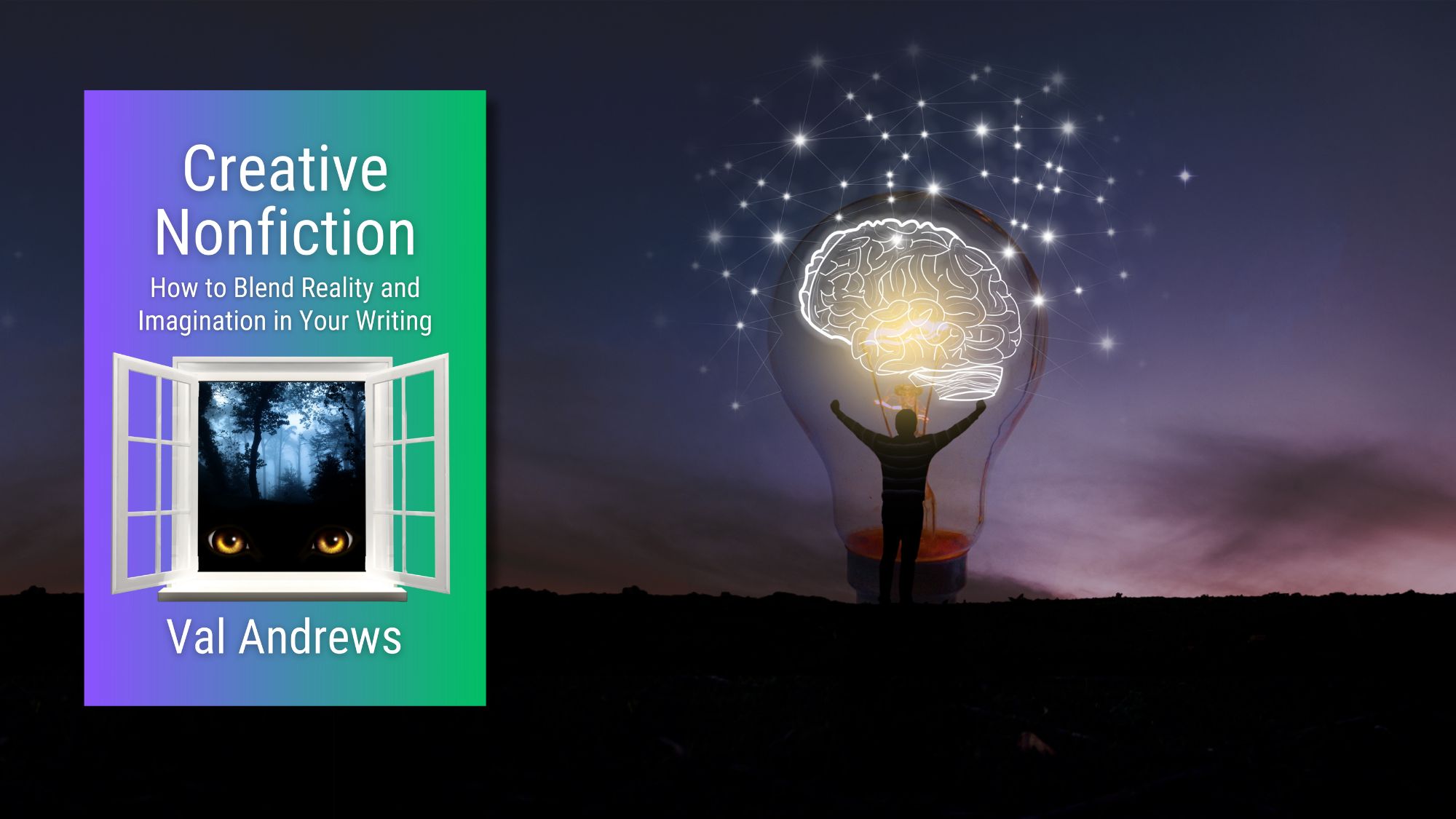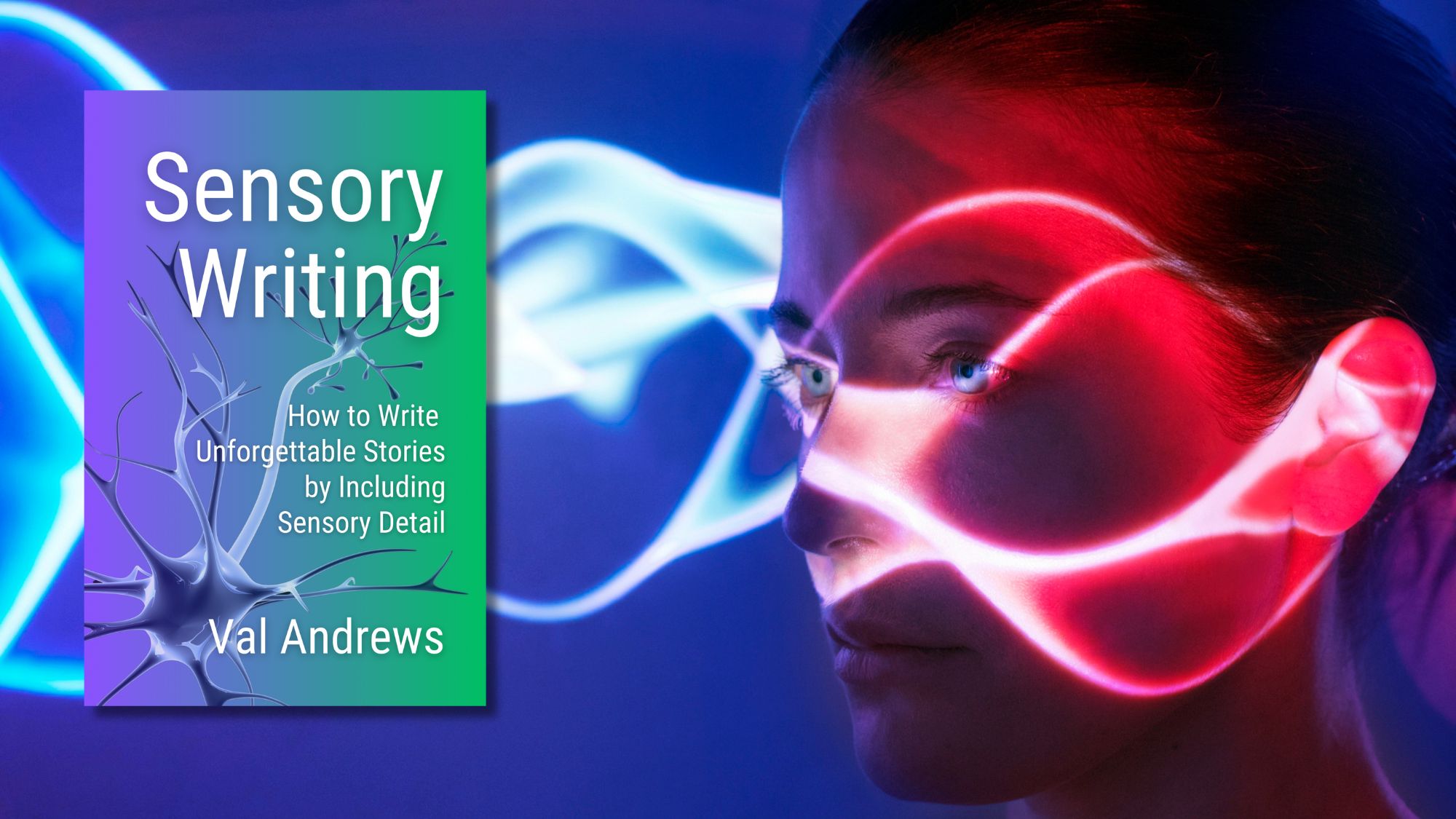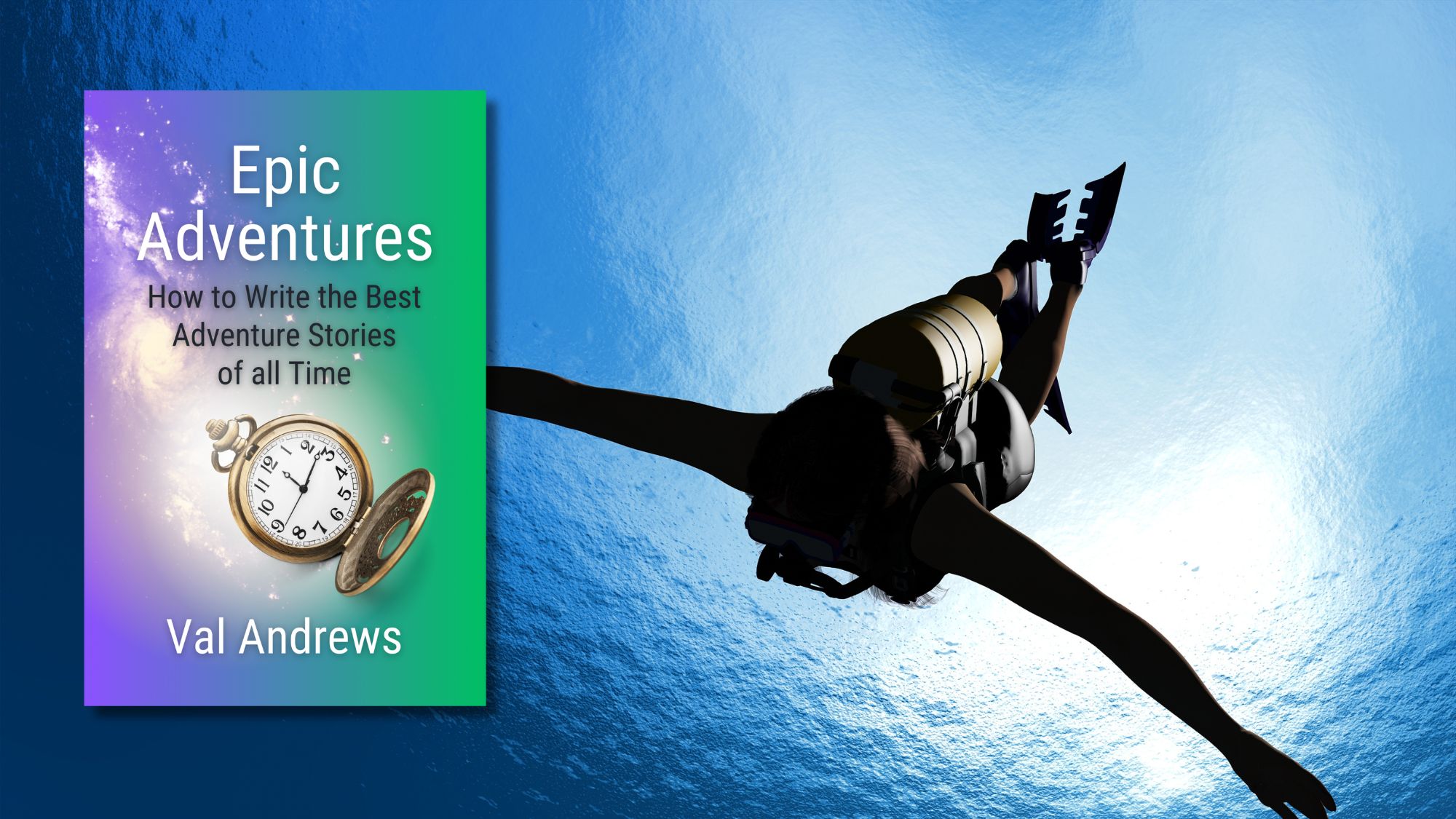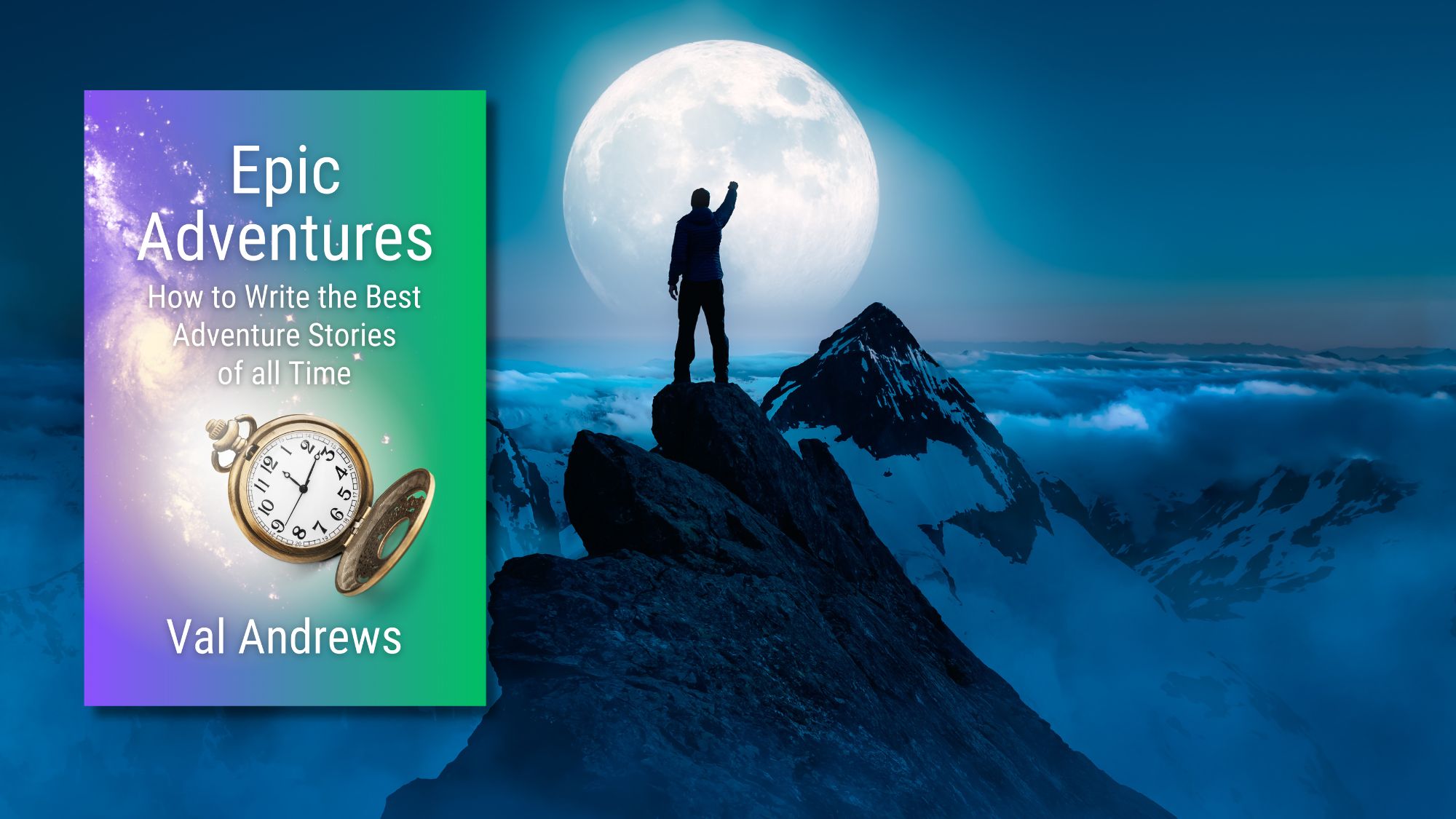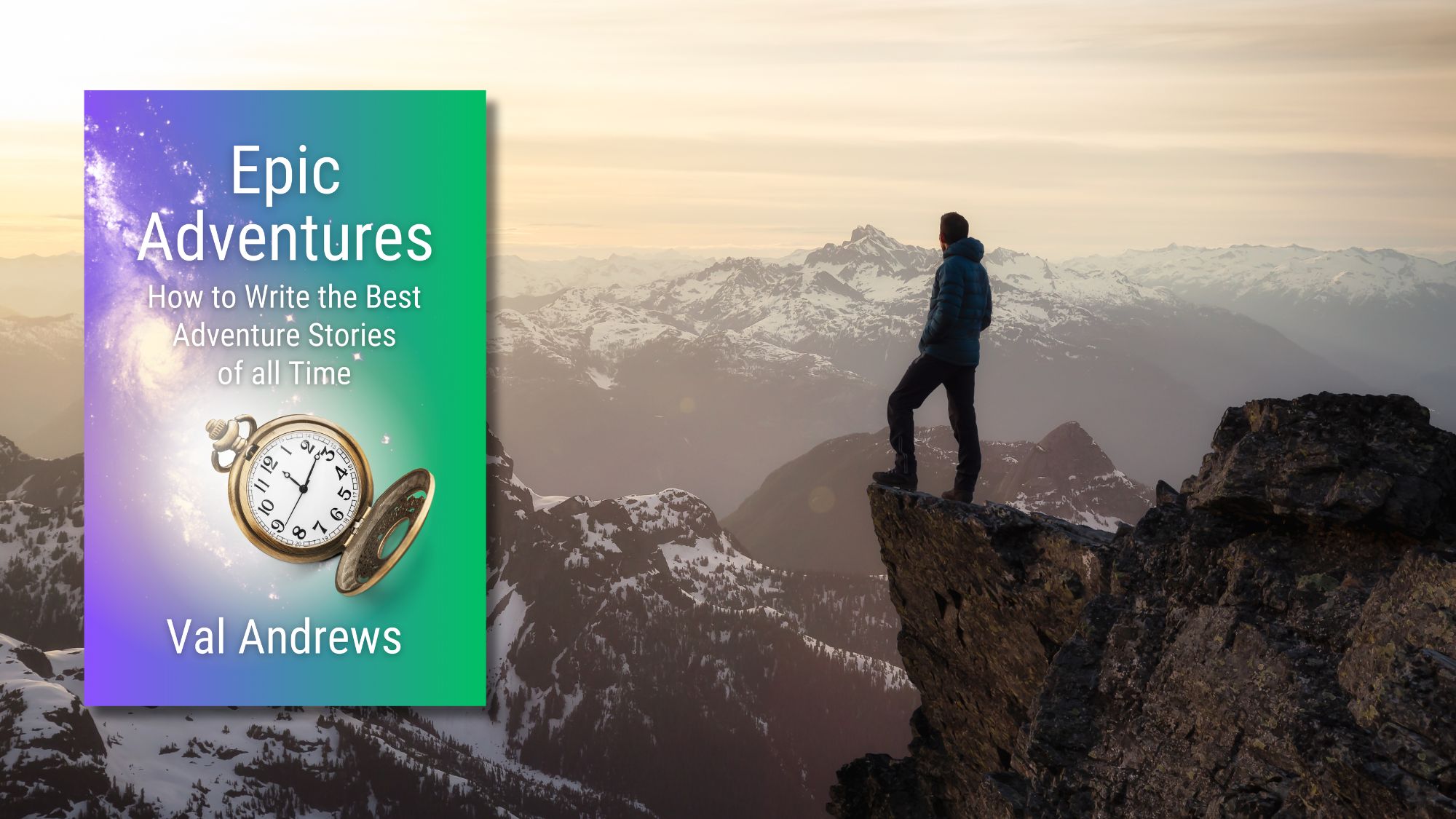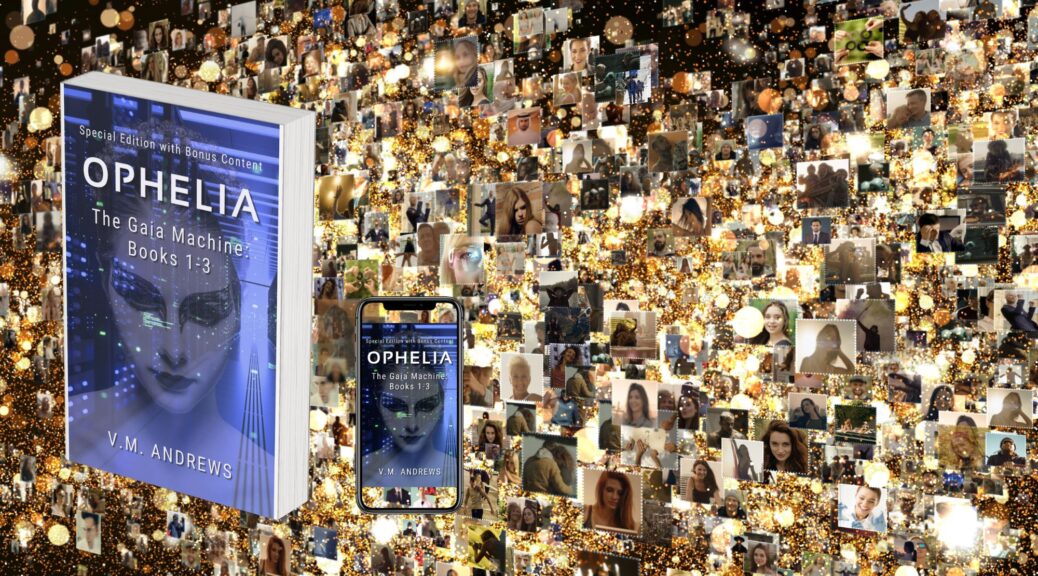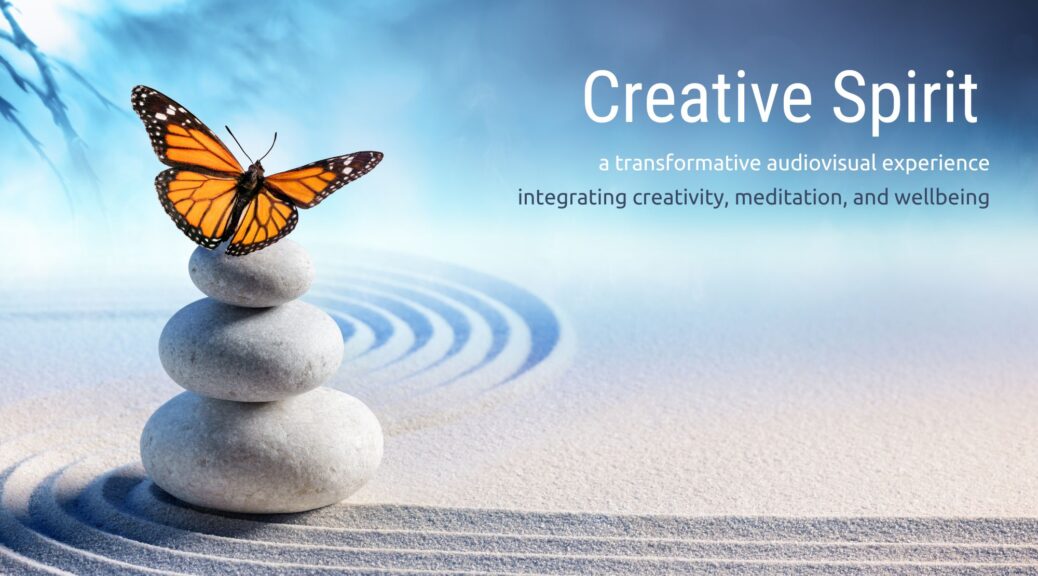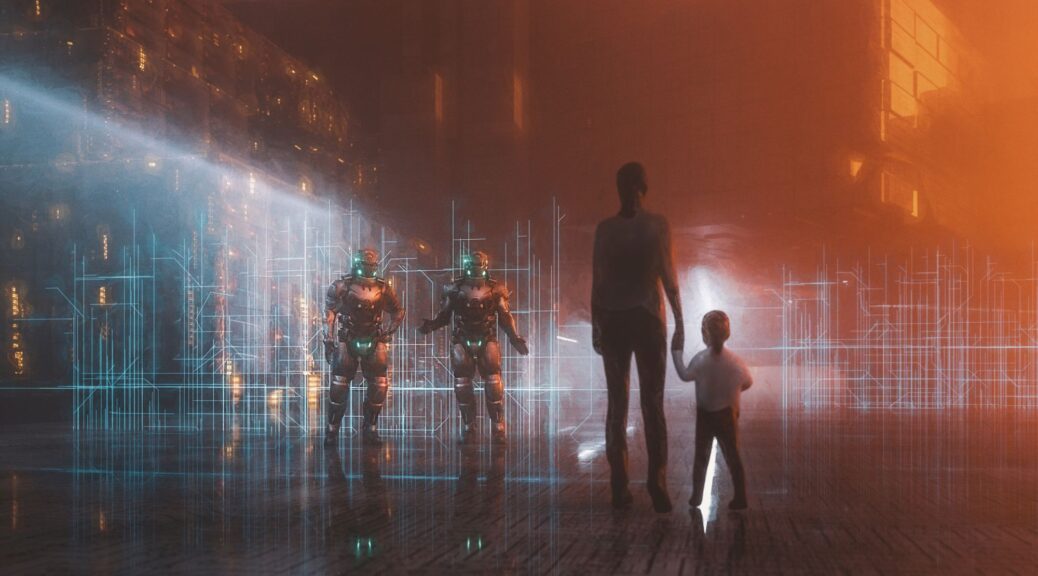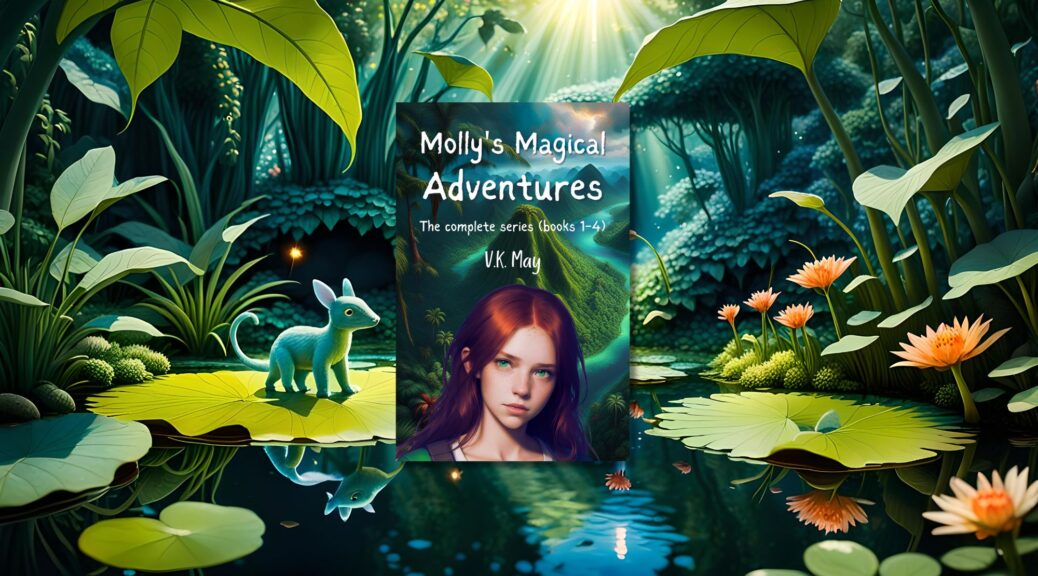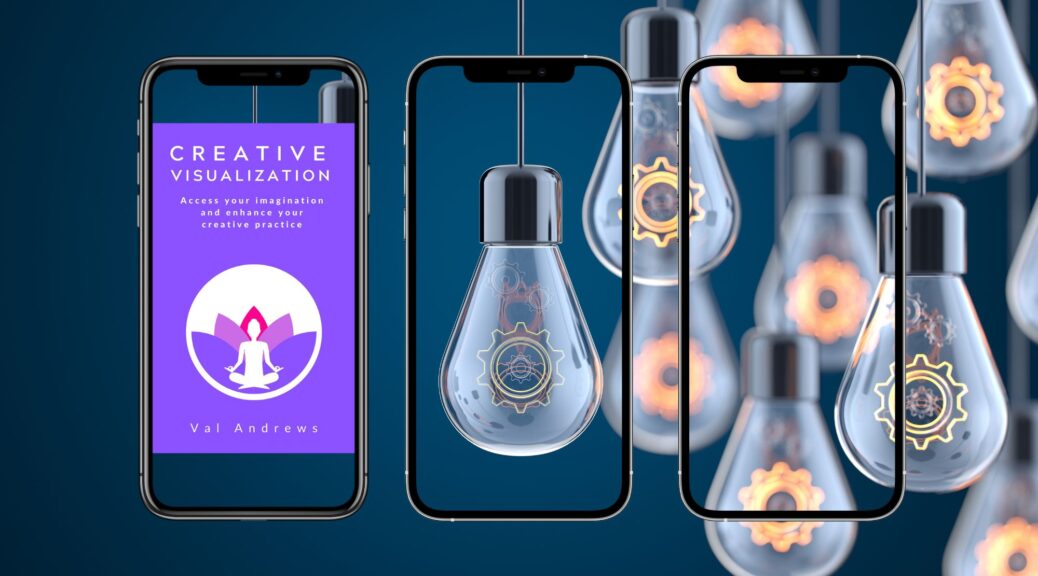Dystopian science fiction has long captivated readers with its grim predictions of future societies, often serving as a stark warning against contemporary societal trends. Four seminal works in this genre—George Orwell’s “1984,” Aldous Huxley’s “Brave New World,” Ray Bradbury’s “Fahrenheit 451,” and the more recent “Ophelia”—exemplify the key characteristics of dystopian science fiction. Here are the 6 key elements of the genre:
Oppressive Societal Structure
In 1984, Orwell paints a picture of a society under totalitarian rule, where the Party, led by Big Brother, exercises absolute control over every aspect of life. The concept of “thoughtcrime” and the omnipresent surveillance through telescreens ensure that individuals are constantly monitored and manipulated. Brave New World presents a different kind of oppression—one masked by the illusion of pleasure and comfort. Huxley’s World State controls its citizens through genetic engineering, indoctrination, and the drug soma, creating a superficially happy society that is deeply dehumanizing. Fahrenheit 451 by Bradbury depicts a world where books are banned and ‘firemen’ burn any that are found. This societal structure suppresses intellectual freedom and promotes conformity through censorship and the suppression of dissenting ideas.
In Ophelia, the world is divided starkly between the affluent northern regions and the suffering southern regions. The Ruling Elite Secret Service (RESS) enforces the will of the power brokers, maintaining control through exploitive trade agreements and the threat of bioweapons, ensuring the continuation of an oppressive global hierarchy.
Technological Control
Orwell’s 1984 features advanced surveillance technology that the Party uses to watch and control citizens. The telescreen, a device that transmits both ways, symbolizes the invasive reach of the regime into private lives. In Brave New World, technology is used to manipulate and control the population from birth. The Bokanovsky Process produces a caste system, and hypnopaedic conditioning ensures citizens remain docile and content with their predetermined roles. Fahrenheit 451 portrays technology as a tool of oppression and distraction. The Mechanical Hound, a robotic enforcer, tracks down dissenters, while the omnipresent media keeps the populace placid and disengaged from reality.
Ophelia features The Gaia Machine, an AI that governs the lives of the northern inhabitants, ensuring their comfort while also serving as a tool of control. This AI administers punishment and perpetuates the surrogacy trade, illustrating the dual role of technology in both providing for and oppressing the populace.
Environmental Degradation
While Orwell’s 1984 does not focus heavily on environmental issues, the bleak and decaying setting of Airstrip One reflects a world in decline, mirroring the decay of truth and freedom. In Brave New World, the natural environment is controlled and sanitized to an extreme, with nature itself being an alien concept to many citizens. The artificiality of their world underscores the loss of a genuine connection with nature. Fahrenheit 451 features a society disconnected from the natural world, where the relentless pursuit of technological progress and consumerism has led to the neglect of the environment. The rampant urbanization and lack of green spaces symbolize this disconnection.
Ophelia vividly depicts a world ravaged by climate change, where life below the equator has nearly ceased, and the remaining habitable areas are fiercely contested. This environmental collapse exacerbates global inequalities and fuels the oppressive societal structures in place.
Loss of Individualism
In 1984, the Party seeks to eradicate individualism entirely, forcing citizens to conform to its ideology through fear and indoctrination. Winston Smith’s struggle to maintain his individuality is a central theme of the novel. Brave New World achieves the loss of individualism through genetic manipulation and psychological conditioning. Citizens are bred and conditioned to fit into their societal roles without question, stripping them of personal identity and freedom. Fahrenheit 451 shows a society where intellectual curiosity and individual thought are suppressed. Montag’s journey towards self-awareness and resistance against conformity highlights the novel’s emphasis on the importance of individualism.
In Ophelia, the rigid societal structures and the oppressive rule of The Gaia Machine suppress individual freedoms. Ophelia’s journey from privilege to resistance represents a fight to reclaim individuality in a world that enforces conformity and exploitation.
Critique of Current Trends
1984 serves as a powerful critique of totalitarianism, exploring the dangers of government overreach, propaganda, and the loss of personal freedoms. Orwell’s work remains relevant as a warning against the erosion of democratic values. Brave New World critiques the pursuit of technological and scientific advancement at the expense of humanity. Huxley warns against a future where consumerism, instant gratification, and loss of individuality dominate society. Fahrenheit 451 critiques censorship and the superficiality of mass media. Bradbury highlights the consequences of a society that prioritizes entertainment over knowledge and critical thinking.
Ophelia critiques contemporary issues such as climate change, inequality, and the ethical implications of advanced technology. The novel’s depiction of a divided world and the exploitation of vulnerable populations serves as a stark warning against current environmental and social trends.
Sense of Despair
Orwell’s 1984 is permeated with a sense of despair, as the protagonist’s struggle against the Party ultimately ends in defeat, illustrating the seemingly insurmountable power of totalitarian regimes. In Brave New World, the pervasive sense of despair is masked by artificial happiness. The realization that true freedom and individuality are sacrificed for societal stability creates an underlying sense of hopelessness. Fahrenheit 451 portrays a bleak world where intellectual freedom is suppressed, and the protagonist’s fight against this oppression is fraught with danger and uncertainty. However, the novel ends on a somewhat hopeful note, suggesting the possibility of rebirth and change.
Ophelia captures despair through the stark inequalities and harsh realities of its world. The protagonist’s journey from privilege to imprisonment and her fight against a seemingly invincible AI reflect the struggle against overwhelming odds. Yet, Ophelia’s resistance also offers a glimmer of hope for change and redemption.
In summary, dystopian science fiction is a vital subgenre that enriches the broader field of science fiction with its focus on social, political, and ethical issues. Its ability to critique contemporary society, inspire reflection and activism, and foster critical thinking makes it a powerful and enduring point of interest for humanity. Through its warnings, explorations of resilience, and imaginative storytelling, dystopian science fiction continues to captivate and challenge readers, prompting them to consider the future of their world and their role within it.
